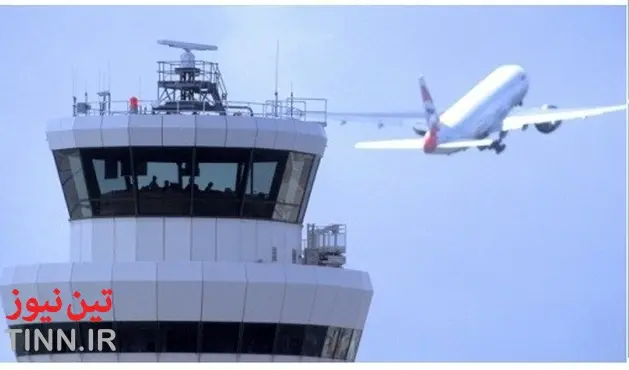|
News Code
91910
Copied
UK NATS deploys safety beacon on crane to enhance aircraft safety

TIN news: UK's NATS, in partnership with British construction company Carillion and Select Cranes, has deployed and demonstrated a new safety beacon on a tower crane in Newham, London.
Known as a low-powered Automatic Dependent Surveillance-Broadcast (ADS-B) transceiver (LPAT), the safety beacon installed on the tower crane has successfully transmitted its location to the aircraft in the area.
General aviation pilots use visual flight rules (VFR) to avoid obstacles as they fly.
The newly deployed electronic beacon can provide an additional level of safety for the pilots using visual flight rules (VFR).
NATS Research and Development head Mark Watson said: "It's in everyone's interest that our airspace is as safe as possible. NATS has been working with ADS-B data for many years.
Known as a low-powered Automatic Dependent Surveillance-Broadcast (ADS-B) transceiver (LPAT), the safety beacon installed on the tower crane has successfully transmitted its location to the aircraft in the area.
General aviation pilots use visual flight rules (VFR) to avoid obstacles as they fly.
The newly deployed electronic beacon can provide an additional level of safety for the pilots using visual flight rules (VFR).
NATS Research and Development head Mark Watson said: "It's in everyone's interest that our airspace is as safe as possible. NATS has been working with ADS-B data for many years.
"The crane transmitted its position and that was then picked up by our flight trials, demonstrating how this could offer a potentially useful additional layer of safety."
"It's still early days, but the project has been successful so far. The crane transmitted its position and that was then picked up by our flight trials, demonstrating how this could offer a potentially useful additional layer of safety."
During a trial, an Arena Aviation helicopter and a National Police Air Services helicopter that were equipped with an LPAT used to pick up electronic signals of the crane's position from one nautical mile away.
The lightweight and low-powered LPAT is suitable for lighter aircraft, and can be easily used on cranes or buildings. It helps transmit an aircraft's location to other airspace users.
With the successful trial of the new safety beacon, LPAT can also be used for other purposes, including assisting drones to be electronically visible to other airspace users.
During a trial, an Arena Aviation helicopter and a National Police Air Services helicopter that were equipped with an LPAT used to pick up electronic signals of the crane's position from one nautical mile away.
The lightweight and low-powered LPAT is suitable for lighter aircraft, and can be easily used on cranes or buildings. It helps transmit an aircraft's location to other airspace users.
With the successful trial of the new safety beacon, LPAT can also be used for other purposes, including assisting drones to be electronically visible to other airspace users.